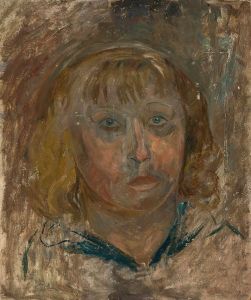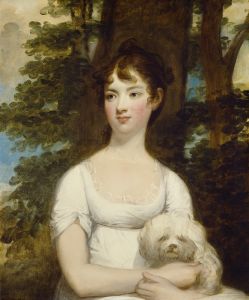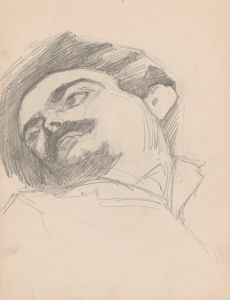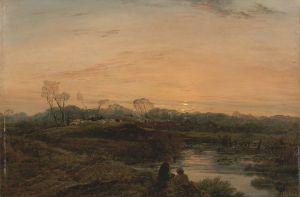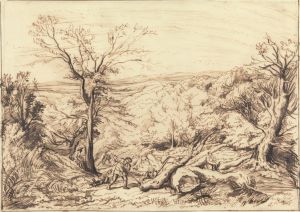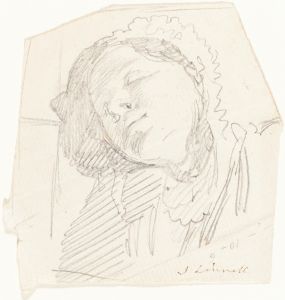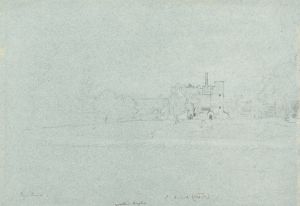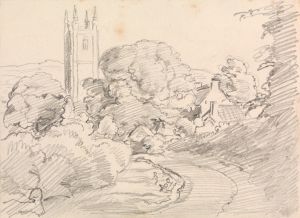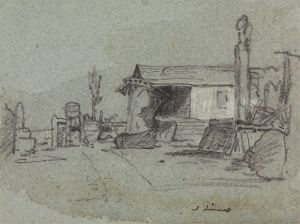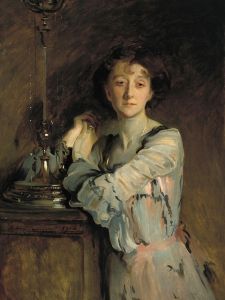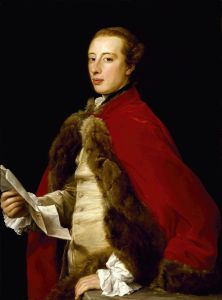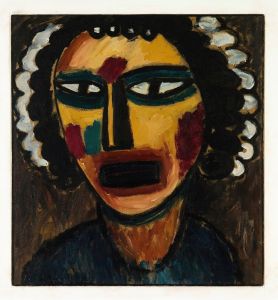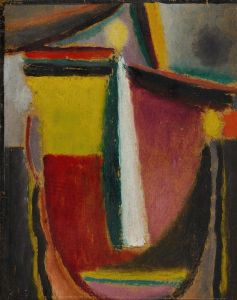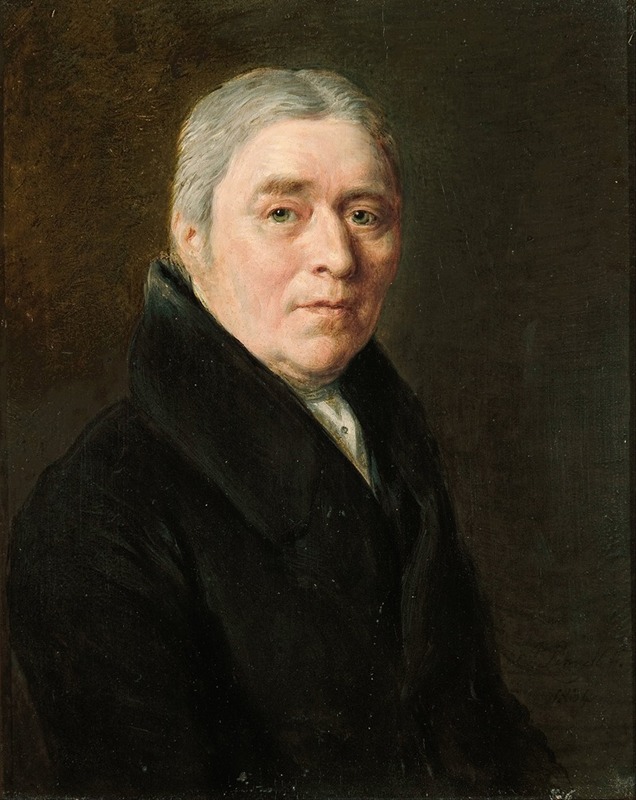
Mr Clare
A hand-painted replica of John Linnell’s masterpiece Mr Clare, meticulously crafted by professional artists to capture the true essence of the original. Each piece is created with museum-quality canvas and rare mineral pigments, carefully painted by experienced artists with delicate brushstrokes and rich, layered colors to perfectly recreate the texture of the original artwork. Unlike machine-printed reproductions, this hand-painted version brings the painting to life, infused with the artist’s emotions and skill in every stroke. Whether for personal collection or home decoration, it instantly elevates the artistic atmosphere of any space.
John Linnell's painting "Mr Clare" is a portrait of the English poet John Clare (1793–1864), a prominent figure in 19th-century literature known for his works celebrating rural life and nature. The painting was created in 1820, during a period when Clare was gaining recognition for his poetry, particularly following the publication of his first collection, Poems Descriptive of Rural Life and Scenery (1820).
John Linnell (1792–1882) was a British painter and engraver, renowned for his portraits and landscapes. He was a contemporary of artists such as William Blake and Samuel Palmer and was associated with the Romantic movement. Linnell's skill in capturing the character and personality of his sitters is evident in "Mr Clare," which portrays the poet with a thoughtful and introspective expression, reflecting his deep connection to the natural world and his poetic sensibilities.
The portrait is an oil painting and is considered an important visual representation of John Clare during his early career. It provides insight into the poet's appearance and demeanor at a time when he was emerging as a significant literary figure. The painting is noted for its detailed and realistic depiction, characteristic of Linnell's style, and serves as a valuable historical record of Clare's life.
"Mr Clare" is held in the collection of the National Portrait Gallery in London, where it is accessible to the public. The gallery's acquisition of the painting underscores its cultural and historical significance, both as a work of art and as a document of one of England's most celebrated rural poets.
This portrait remains a key piece in understanding the intersection of art and literature in the Romantic era, highlighting the mutual influence of visual and literary arts during this period.





